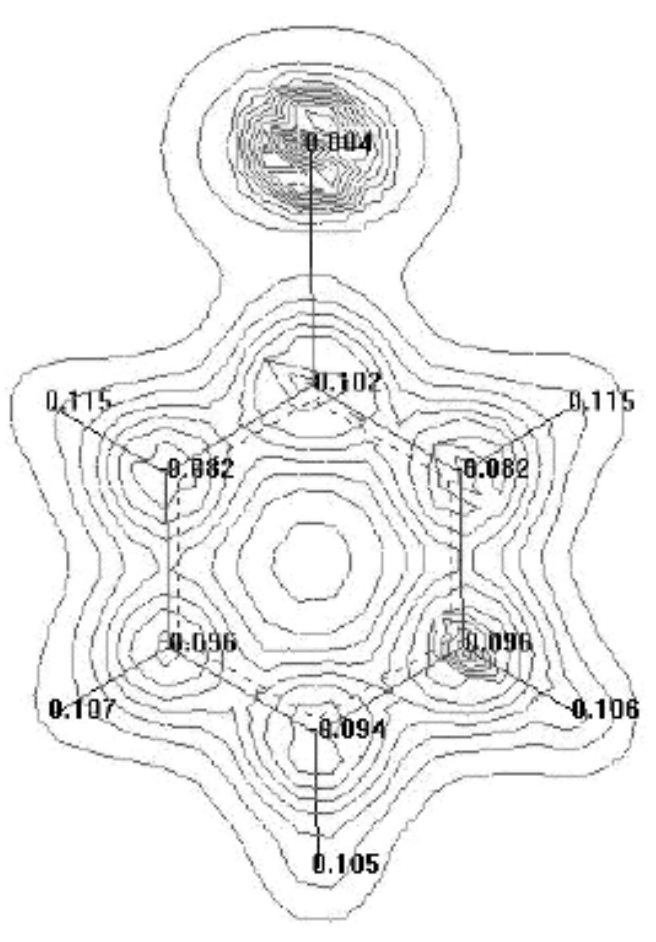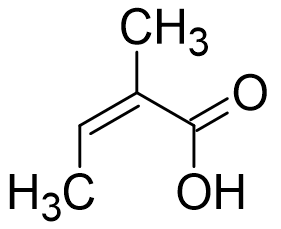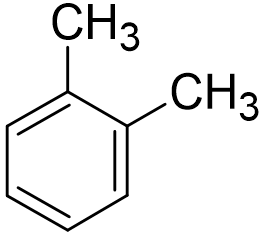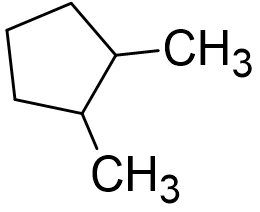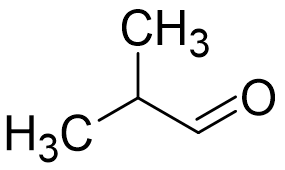Question 1
The structure of 2-methylbutan-2-yl 2-methylpropanoate is shown below.
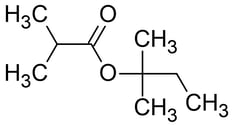
How many signals would be found in the 1H NMR spectrum of 2-methylbutan-2-yl 2-methylpropanoate and what would be the ratio of the peak areas?
| Signals | Ratio of peak areas | |
| A | 3 | 2 : 2 : 1 |
| B | 4 | 6 : 6 : 3 : 2 |
| C | 5 | 6 : 6 : 3 : 2 : 1 |
| D | 5 | 3 : 3 : 3 : 2 : 1 |
